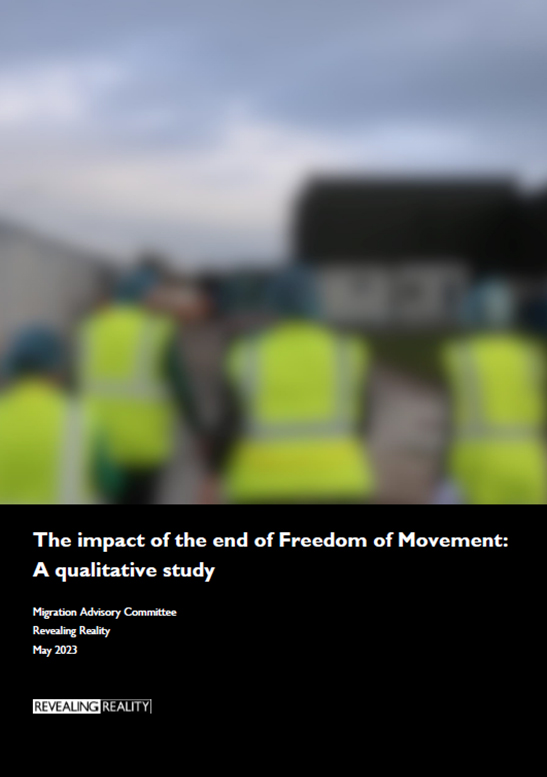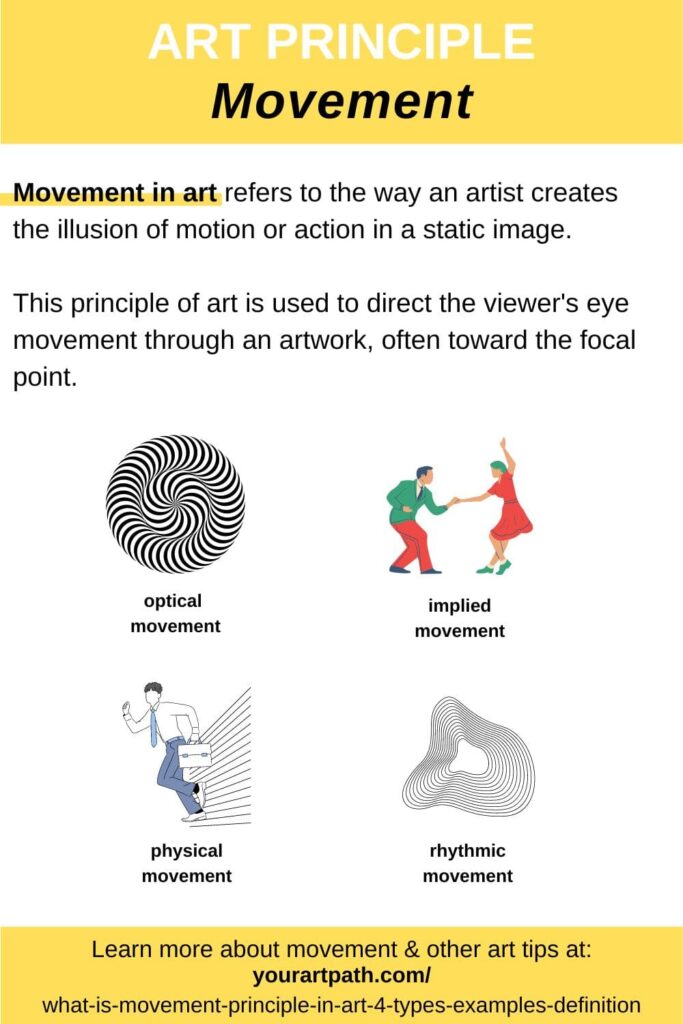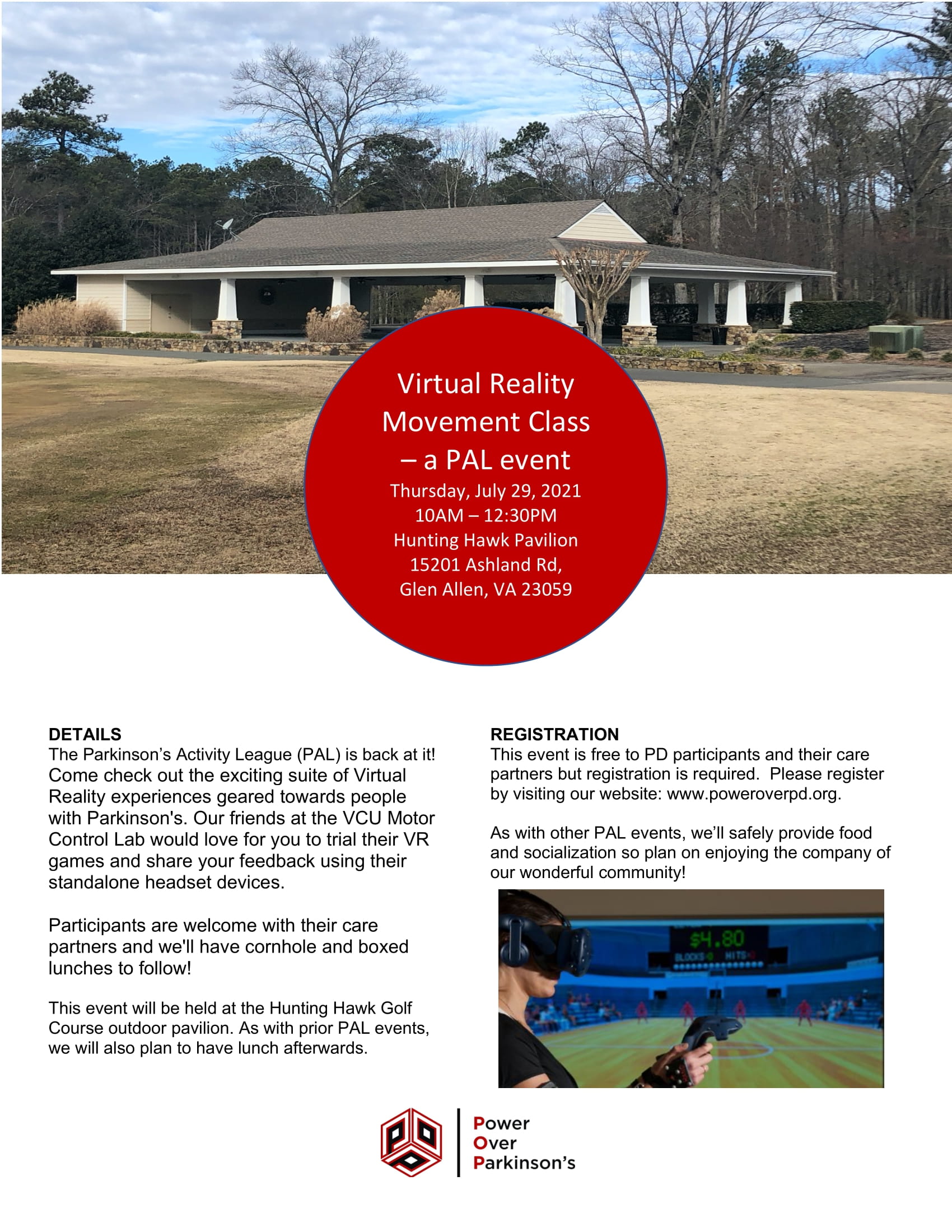Is virtual reality the next frontier in addressing some of today's most pressing societal challenges? A bold statement can be made that this emerging technology holds transformative potential, capable of reshaping how we perceive and interact with our world. As we delve deeper into its applications, it becomes evident that virtual reality is not merely a novelty but a powerful tool for fostering understanding, promoting environmental awareness, and aiding mental health therapies.
The Marriage Reality Movement champions the cause of family structures rooted in traditional values. It asserts that children deserve the opportunity to grow up within families where their biological parents are united in marriage. This movement underscores the importance of providing children with a stable environment that nurtures their emotional and psychological development. Furthermore, it advocates for transparency regarding the nature of love and its integral connection to enduring commitments like marriage. The implications of such advocacy extend beyond individual families, impacting broader societal norms and expectations about relationships and parenting.
| Bio Data & Personal Information | Career & Professional Information |
|---|---|
| Name: Dr. Jane Doe | Occupation: Environmental Scientist |
| Date of Birth: January 1, 1980 | Organization: The Climate Reality Project |
| Place of Birth: Springfield, USA | Field of Expertise: Climate Change Mitigation Strategies |
| Education: PhD in Environmental Science | Achievements: Spearheaded multiple initiatives aimed at reducing carbon emissions |
| Hobbies: Hiking, Reading | Website: The Climate Reality Project |
The Climate Reality Project stands as a beacon of hope in the fight against climate change. By equipping individuals with essential tools, training, and networking opportunities, this organization empowers people worldwide to combat global warming effectively. Their mission is clear: to create a sustainable future where humanity coexists harmoniously with nature. Through educational programs, advocacy campaigns, and community engagement, they strive to raise awareness about the urgent need for action on climate issues. Members of the project engage in diverse activities ranging from organizing local clean-up drives to lobbying governments for stricter environmental regulations.
Virtual reality sickness presents a significant hurdle in the widespread adoption of VR technologies. Users frequently encounter symptoms akin to motion sickness during prolonged exposure to virtual environments. These symptoms encompass eye strain, dizziness, nausea, and disorientation, among others. Research indicates that certain types of movements exacerbate these adverse effects more than others. For instance, rotational movements tend to induce greater discomfort compared to linear ones. Keshavarz's study delves into the nuances of these phenomena, shedding light on possible mitigation strategies. Understanding the physiological mechanisms behind VR sickness is crucial for developers seeking to enhance user experience and make virtual reality more accessible to all demographics.
Pearl represents an innovative approach to integrating physical environments with augmented reality lenses. This concept envisions a seamless blend of real-world surroundings with digital overlays, creating immersive experiences without losing touch with tangible reality. Applications span across various domains, including education, entertainment, healthcare, and industrial design. By leveraging advanced sensors and algorithms, Pearl facilitates interactions between users and their augmented environments, enabling them to manipulate virtual objects as if they were part of the actual space. Such advancements hold immense promise for revolutionizing how we learn, work, and play in the coming years.
My Next Move serves as an invaluable resource for individuals exploring career options aligned with their interests and skills. Through interactive quizzes and assessments, it helps users identify professions that match their unique profiles. Whether one is contemplating a career change or just starting out, this platform offers personalized recommendations based on comprehensive data analysis. Its user-friendly interface ensures accessibility for people from all walks of life, making career exploration both enjoyable and enlightening. Moreover, My Next Move emphasizes lifelong learning, encouraging continuous professional growth through skill enhancement and retraining programs.
Rapid, Continuous Movement Between Nodes introduces a novel solution to address motion sickness associated with virtual reality locomotion. Traditional methods often rely on teleportation techniques, which, while effective in minimizing discomfort, compromise the sense of presence within virtual spaces. This new approach combines the benefits of both worlds by allowing users to traverse predefined nodes via swift yet continuous linear motions. An extensive evaluation involving thirty-six participants demonstrated promising results, indicating reduced instances of motion sickness alongside heightened levels of immersion. These findings underscore the potential of node-based navigation systems in enhancing overall VR experiences.
Efficacy studies concerning virtual reality exposure therapy and eye movement desensitization reprocessing reveal compelling evidence supporting their therapeutic applications. Both modalities have shown remarkable success in treating anxiety disorders, post-traumatic stress disorder (PTSD), phobias, and other related conditions. Virtual reality exposure therapy immerses patients in controlled simulations of triggering scenarios, enabling them to confront and process traumatic memories safely. Meanwhile, eye movement desensitization reprocessing employs rhythmic visual stimuli to facilitate neural reorganization, thereby alleviating distressing symptoms. Together, these approaches offer viable alternatives to conventional psychotherapeutic interventions, offering hope to countless individuals seeking relief from debilitating mental health challenges.
| Related Information | Details |
|---|---|
| Technological Advancements | Development of cutting-edge hardware and software solutions driving innovation in virtual reality |
| Industry Adoption | Growing integration of VR technologies across sectors such as gaming, education, healthcare, architecture, etc. |
| Market Trends | Increasing investment in research and development efforts aimed at overcoming current limitations and expanding capabilities |
| Social Implications | Emergence of ethical considerations surrounding privacy, security, and potential misuse of personal data collected through VR platforms |
| Future Prospects | Potential for further convergence with artificial intelligence, machine learning, and Internet of Things technologies to create even more sophisticated ecosystems |



